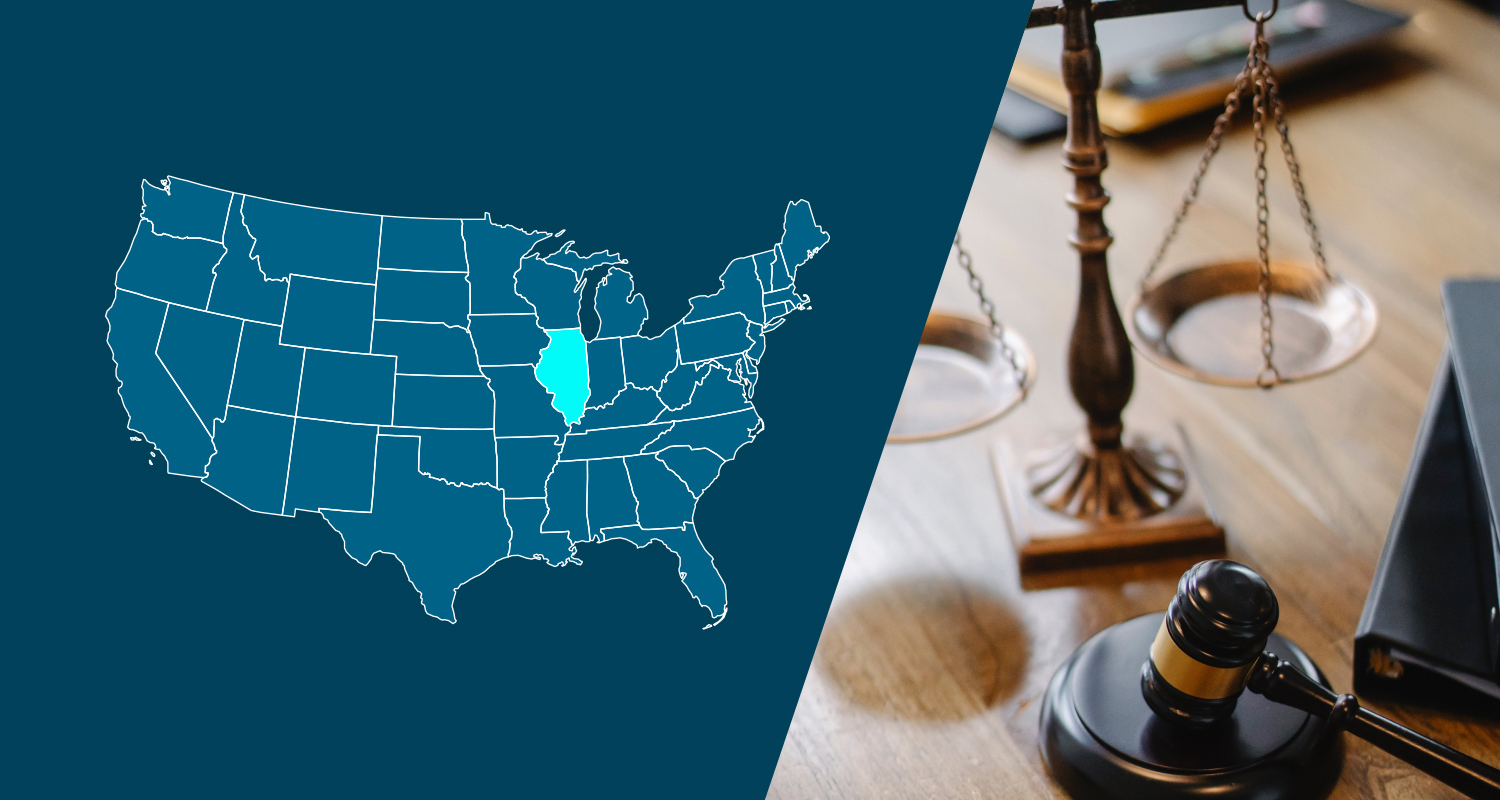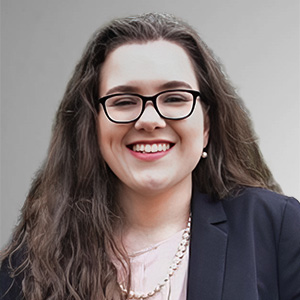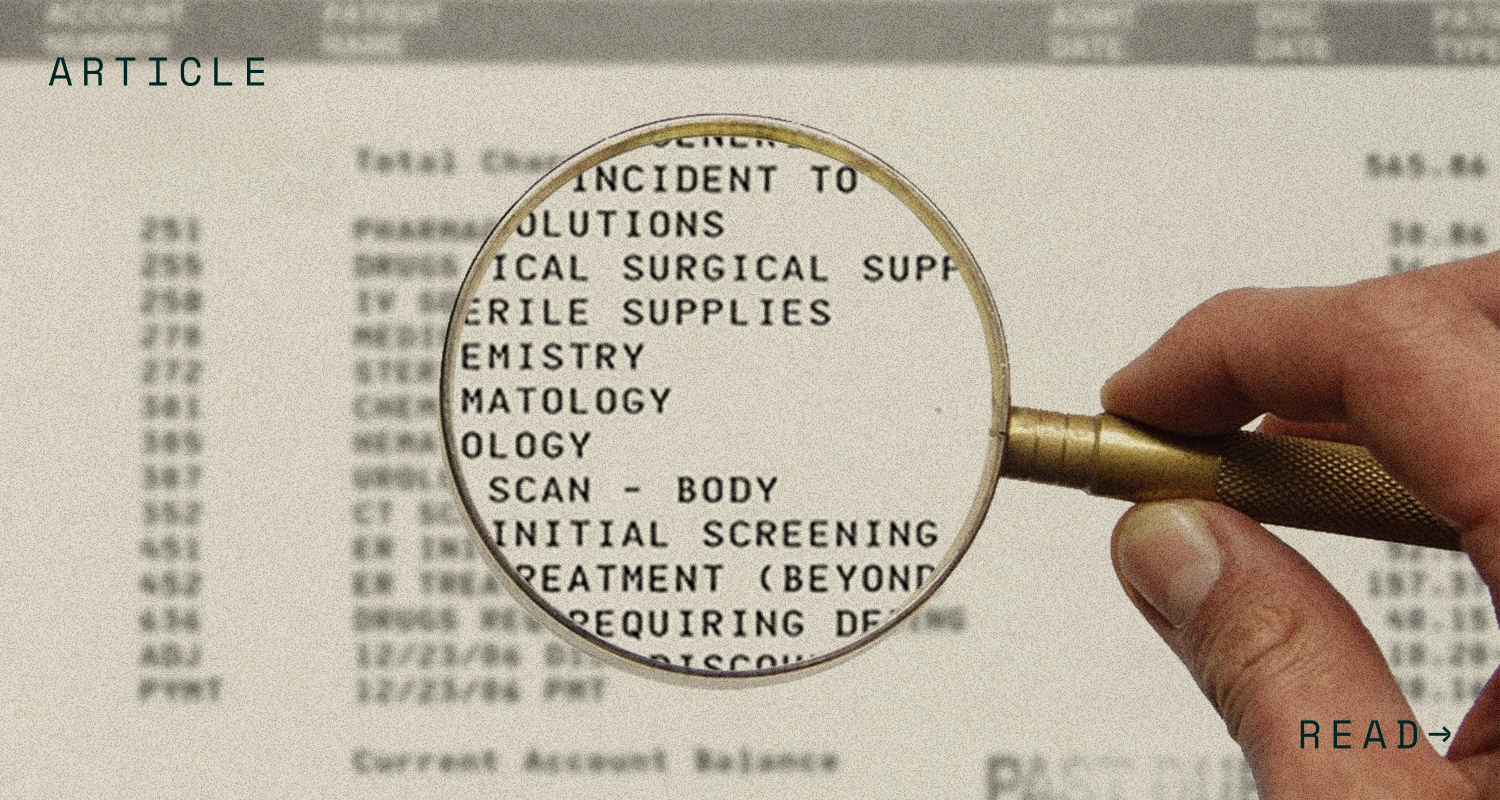On December 14th, 2023, Cook County passed the Cook County Paid Leave Ordinance (“the Ordinance”), providing employees in Cook County with a minimum of 40 hours of paid leave to be used for any reason, effective January 1, 2024. The Ordinance largely mirrors the requirements of the Illinois Paid Leave Act; however, employees that are covered under the Ordinance are not subject to the Illinois Paid Leave Act. This article primarily covers differences between requirements of the Ordinance and the Paid Leave Act.
As of January 1, 2024, all employees in Illinois except for those located in Cook County will be subject to the Illinois Paid Leave Act. Cook County employees, including those in Chicago, will be covered by the Cook County Paid Leave Ordinance. On July 1, 2024, employees in Chicago will be subject to the Chicago Paid Leave Ordinance. Nothing exempts employees in Chicago from also being subject to the Cook County Ordinance, but the requirements of the Chicago Paid Leave Ordinance meet or exceed the requirements of the Cook County Ordinance. Separate notices for both programs may be required to be distributed to Chicago employees, which may be addressed in forthcoming guidance. For more information on the Illinois Paid Leave Act, please review our blog Illinois Will Require Minimum Paid Leave Beginning in 2024. For more information on the Chicago Paid Leave Ordinance, review our blogs Chicago Expands Paid Leave Ordinance and Updates to Chicago Paid Leave Ordinance Delayed to July 1, 2024.
Notice and Paystub Requirements
Similar to the Paid Leave Act, the Ordinance requires that a model notice (separate from the Paid Leave Act Notice, that has not yet been released) provided by the Cook County Commission on Human Rights (the ”Commission”) be provided to employees at the time of hire. Like the Paid Leave Act, the Notice must be posted in a conspicuous place at worksites in English, and if the workforce is comprised of a “significant portion” of non-English speakers, posted in those employees’ primary languages, as well.
Unlike the proposed regulations under the Illinois Paid Leave Act, the Ordinance does not require employers to track accrued paid leave on paystubs, post a summary of the employer’s policy at worksites, or provide employees with written notice of paid leave to be accrued prior to the commencement of the 12-month period. Employers that are subject to the requirements of the Illinois Paid Leave Act should prepare to comply with the paystub requirements if the existing regulations are finalized.
Denial of Leave
The Illinois Paid Leave Act permits employers to deny leave if doing so is an “operational necessity.” The Cook County Ordinance does not include any provisions covering when an employer may deny a paid leave request.
Civil Damages
The Illinois Paid Leave Act provides that employees can recover underpayment, compensatory damages, attorney’s fees, reasonable expert witness fees, and other costs of the civil action under the proposed regulations; while the Cook County Ordinance allows employees to recover three times the cost of the full amount of unpaid leave denied or lost, interest calculated at the prevailing rate, and reasonable attorney’s fees.
Below is an overview/comparison of the three leave programs:
| Provision | Illinois Paid Leave for All Workers Act | Chicago Paid Leave Ordinance | Cook County Paid Leave Ordinance |
|---|---|---|---|
| Accrual Rate | 1 hour of paid leave to be used for any reason per 40 hours worked. | One hour of paid sick leave and one hour of paid leave for every 35 hours worked. | 1 hour of paid leave to be used for any reason per 40 hours worked. |
| Max and Carryover | Up to 40 hours (or more if employer wants to allow it) accrued in a year. Carryover must be allowed (unless employer frontloads 40 hours at the beginning of the year); employers not required to provide more than 40 hours in a year. | Up to 40 hours of each (80 total) or more, accrued in a year. Employers must allow carryover of up to 16 hours of paid leave and 80 hours of paid sick leave (unless employer frontloaded 40 hours at the beginning of the year). | Up to 40 hours (or more if employer wants to allow it) accrued in a year. Carryover must be allowed (unless employer frontloads 40 hours at the beginning of the year); employers not required to provide more than 40 hours in a year. |
| Use of Pre-Existing/Unlimited PTO Policy | Employers may use their pre-existing PTO-policies for compliance without modifying that policy if it gives employees 40 hours of leave to be used for any reason in a 12-month period. | Employers that have an unlimited PTO policy must still allow employees to carry over 80 hours of accrued paid sick leave into the next 12-month period. An employer may not require an employee to obtain pre-approval before using the paid time off. | Employers that have an unlimited PTO policy must still allow employees to carry over 80 hours of accrued paid sick leave into the next 12-month period. An employer may not require an employee to obtain pre-approval before using the paid time off. Employers may use their pre-existing PTO-policies for compliance without modifying that policy if it gives employees 40 hours of leave to be used for any reason in a 12-month period. |
| Payout | No payout requirement. The Illinois Wage Payment and Collection Act, which requires employers to pay out unused “vacation time” upon severance may apply. | Employers are not required to pay out paid sick leave, but some employers must pay out paid leave. | No payout requirement. The Illinois Wage Payment and Collection Act, which requires employers to pay out unused “vacation time” upon severance may apply. |
| Waiting Period | 90 days after effective date or 90 days after employment (whichever is later). | 30 days after hire for paid sick leave and 90 days after hire for paid leave. | 90 days after effective date or 90 days after employment (whichever is later). |
| Employer Notice | Post the model notice (not yet released) at worksites, If the workforce has a significant portion of non-English speakers, the notice must be posted in other languages, as well. Provide the notice to employees upon hire. | Post model notice at Chicago worksites. Employers must issue a notice containing the same information with the employee’s first paycheck and annually with a paycheck issued within 30 days of July 1st. | Post model notice at each worksite. If the workforce has a significant portion of non-English speakers, the notice must be posted in other languages, as well. Provide the notice to employees upon hire. |
| Paystub | Per the proposed regulations: “Report employee’s paid leave accrual and remaining balance on each paystub and provide these records to the employee upon request. Alternatively, employers may report the accrual and balance on the form that the employer normally uses to notify the employee of wage payments and deductions from wages.” | Employers must notify covered employees of their balances of any accrued paid leave and paid sick leave, including time accrued since the last pay period, any time used since the last period, and the balance of time available for use on employee paystubs or through an online system. | No paystub requirement. |
| Recordkeeping | Employers must retain leave records for eligible employees 3 years (or the duration of any pending claim). | Employers must collect and maintain hour/leave accrual records for any employee that regularly works in the boundaries of Chicago for 5 years (or the duration of any pending claim), even if this employee would not be considered an eligible employee. | Employers must retain leave records for eligible employees 3 years (or the duration of any pending claim). |
| Provision | Illinois Paid Leave for All Workers Act | Chicago Paid Leave Ordinance | Cook County Paid Leave Ordinance |
Employer Action
Employers with Cook County employees should prepare to comply with the Ordinance before the January 1, 2024, effective date. Employers may want to do the following in preparation:
- Determine whether to provide leave entitlements on an accrual basis or by frontloading the requisite hours. If providing leave on an accrual basis, determine how to track accruals and how to provide employees with their accrual balances upon any request.
- Determine whether to require employees to provide reasonable notification of the need for leave, and if required, develop a policy for the notification process.
- Develop a plan to retain records that document hours worked, paid leave accrued and taken, and paid leave balances for each employee.
- Plan to post the required notice at worksites and distribute the notice to employees upon hire. Determine whether employer needs to request the notice in another language from the Commission (i.e., if a significant portion of employees are not literate in English), and if needed, submit such a request.
Note to Sequoia One PEO Clients: Sequoia One will provide the required notice to Cook County Employees as part of the Onboarding Workflow.
Additional Resources
- Cook County Paid Leave Ordinance
- Cook County Required Notice
- Cook County Commission on Human Rights Website
- Illinois Paid Leave Act
- Chicago Paid Leave Ordinance
The information and materials on this blog are provided for informational purposes only and are not intended to constitute legal or tax advice. Information provided in this blog may not reflect the most current legal developments and may vary by jurisdiction. The content on this blog is for general informational purposes only and does not apply to any particular facts or circumstances. The use of this blog does not in any way establish an attorney-client relationship, nor should any such relationship be implied, and the contents do not constitute legal or tax advice. If you require legal or tax advice, please consult with a licensed attorney or tax professional in your jurisdiction. The contributing authors expressly disclaim all liability to any persons or entities with respect to any action or inaction based on the contents of this blog. © 2023 Sequoia Consulting Group. All Rights Reserved.




